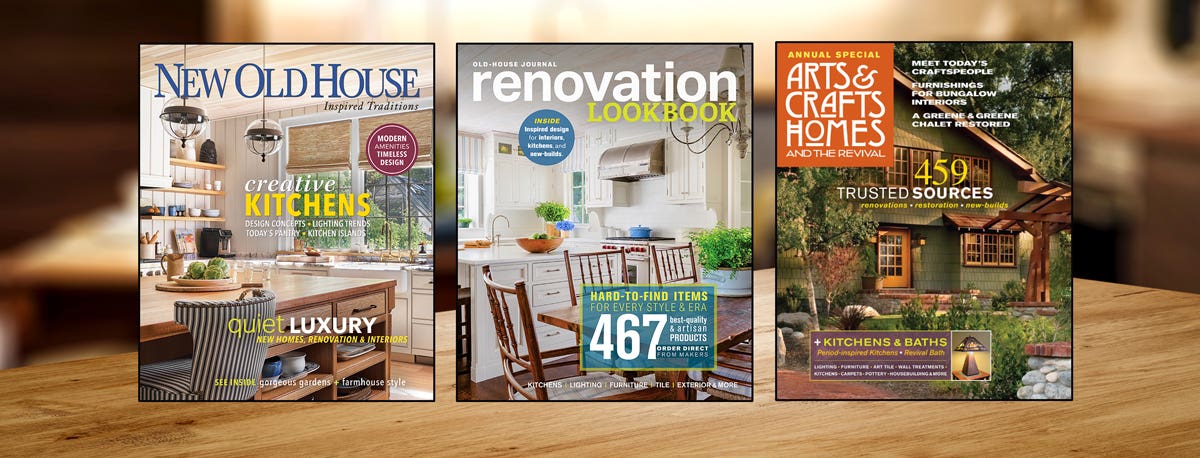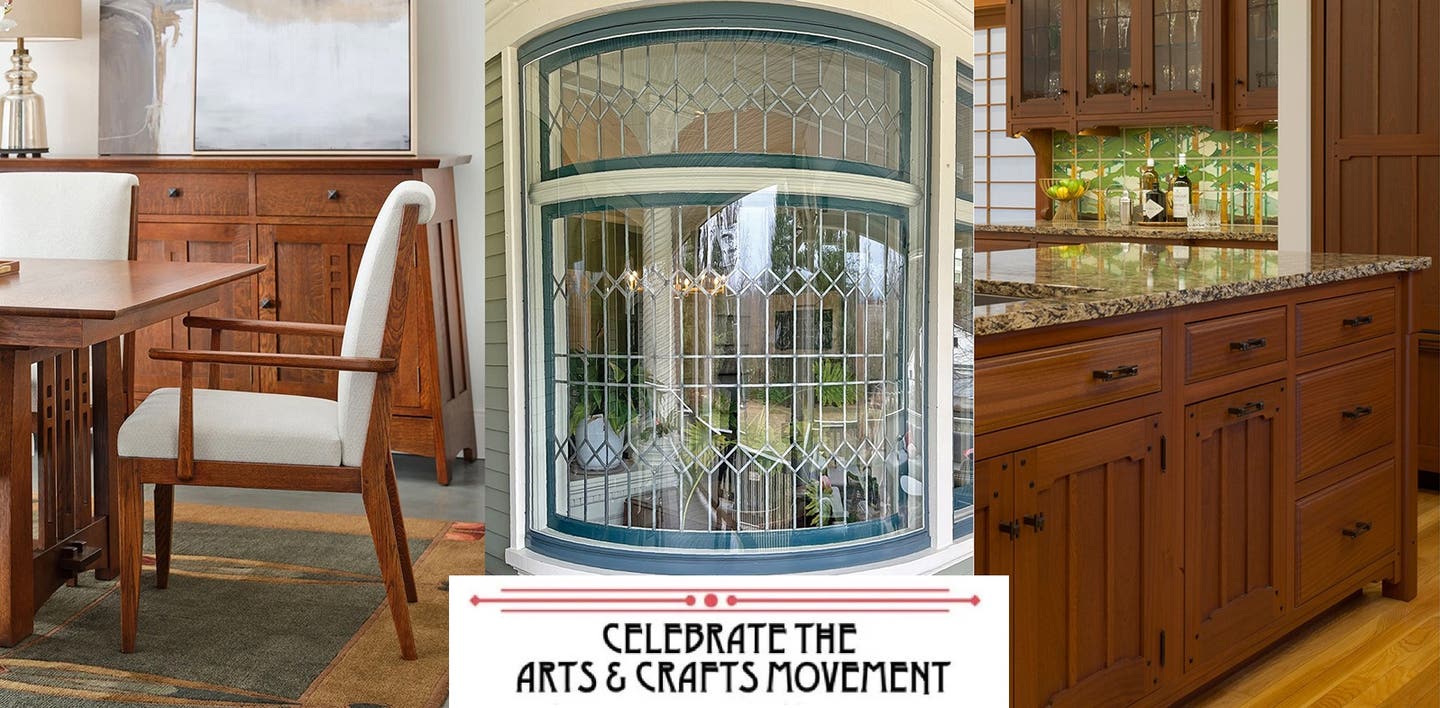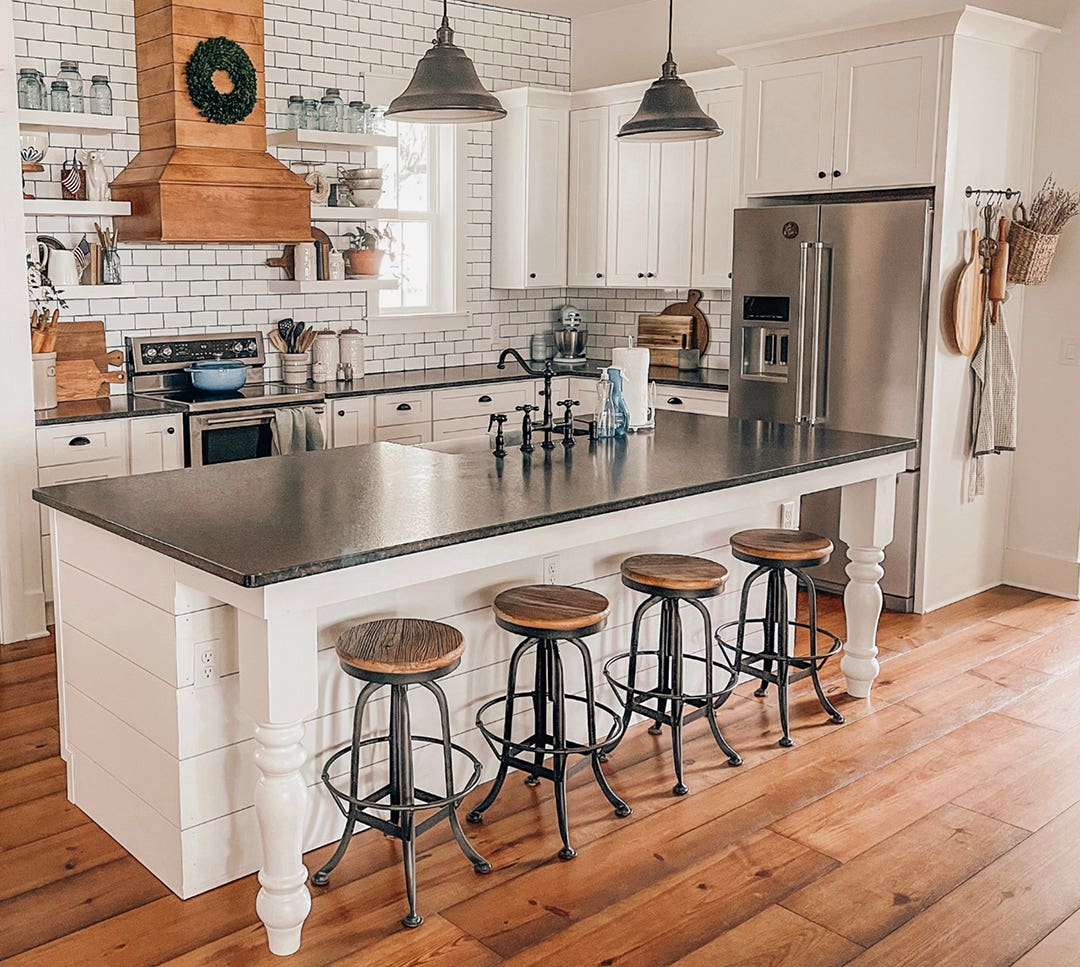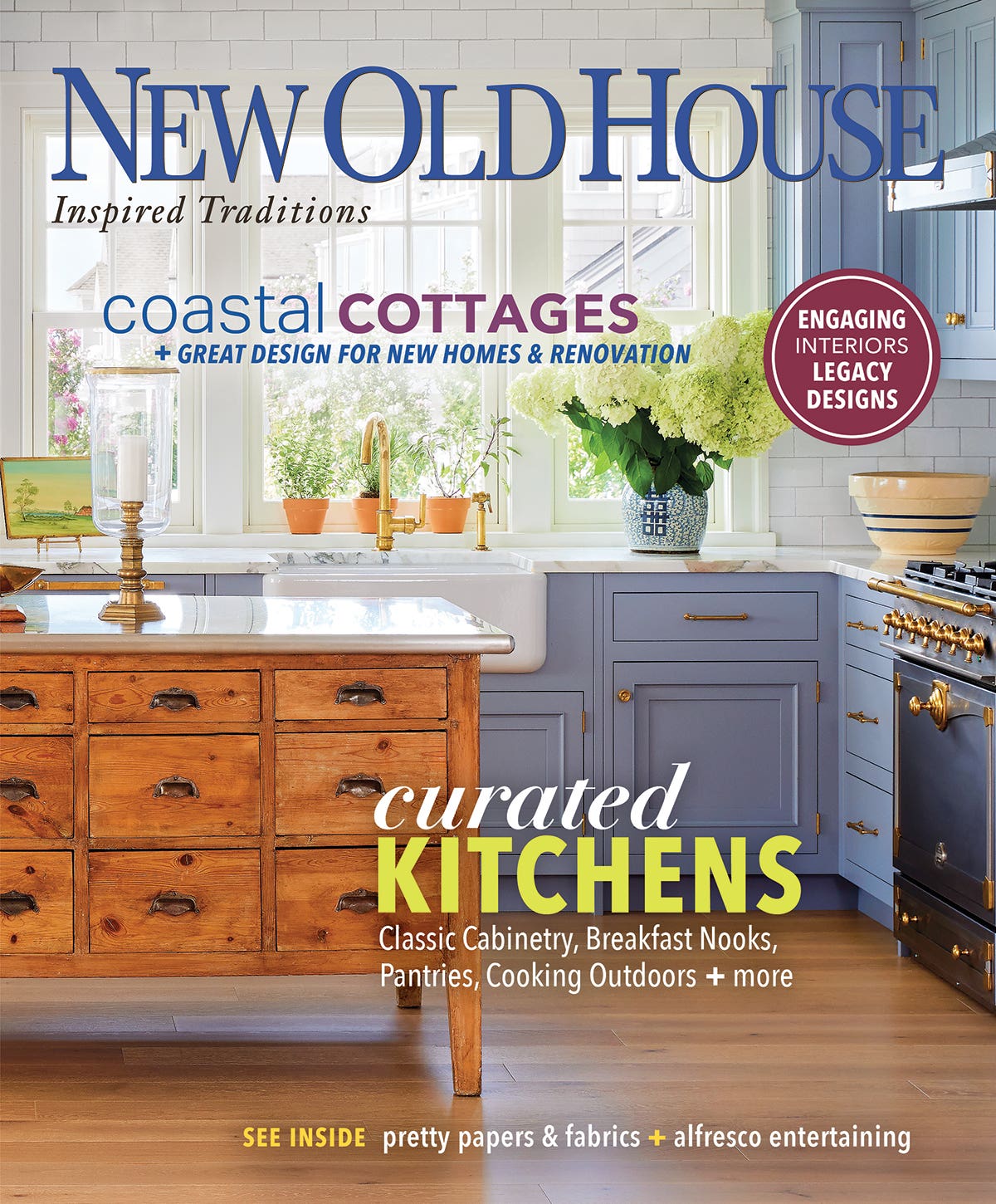On Trend But Not Debased
On my way to a photo-shoot in New Jersey, I found myself on Route 17, the spine that led to my childhood hometown, where I grew up in a 1951…
On my way to a photo-shoot in New Jersey, I found myself on Route 17, the spine that led to my childhood hometown, where I grew up in a 1951 “colonial ranch.” I took the exit down memory lane. Standing in front of where the house should be, I was momentarily confused, because a two-storey neo-Victorian had swallowed it. Overall, it wasn’t terrible; still, the horizontal ranch was ghosted beneath the new facade. “Well, that’s poetic justice,” I thought, as I had sung the praises of Victorian houses during my tenure at Old-House Journal during the 1980s and ’90s.
My neighborhood in Gloucester has several neo-Victorians, ranging from a mirror-image duplex that literally came off a truck to a multi-million-dollar neo-Queen Anne tower house on prime Atlantic Ocean real estate. Porches wear spindly “millwork”; a faux roof truss is glued directly to vinyl shingles in a gable. Even the high-end version features oversize, single-light windows with insufficient trim, giving the house a blank stare.
For a decade or more, Arts & Crafts style has crept into whole-house remodelings, additions, and new construction. Design/build firms give models names like Suburban Prairie, Country Craftsman, Eclectic Arts & Crafts, Lake Bungalow, and English Cottage. Georgia Pacific (vinyl siding!) lists the most popular styles for residential construction.: #1 is Craftsman, #2 Prairie.
Not all of it is good, but not much of it is offensive, either. Architecture buffs might wonder why a late 19th-century farmhouse now has battered columns on stone piers; but the piers and the stone are friendly. A house along bungalow lines, newly built, can offer 7,000 square feet yet avoid the McMansion label. In general, Arts & Crafts imitation has not produced the freak show symbolism of, say, narrow vinyl shutters and broken-pediment hoods pasted atop front doors.
I suggest there are three reasons Arts & Crafts is harder to botch: (1) The forms are inherently simple and pleasing. (2) Part of the “style” is a reliance on natural, neutral materials. (3) Ornament is scarce and the idea does not lend itself to ostentation. A lifetime of shuddering at the sight of phony-Coloneys and Victorian pastiche left me thinking I abhor revivals, which always seem to play into lowest common taste. But there will always be a darling of the moment, and I’m glad today’s favorite is Arts & Crafts.
Patricia Poore,Editor
ppoore@homebuyerpubs.com
10 Harbor Rd., Gloucester, MA 01930
Patricia Poore is Editor-in-chief of Old House Journal and Arts & Crafts Homes, as well as editorial director at Active Interest Media’s Home Group, overseeing New Old House, Traditional Building, and special-interest publications.
Poore joined Old House Journal when it was a Brooklyn-brownstoner newsletter in the late 1970s. She became owner and publisher and, except for the years 2002–2013, has been its editor. Poore founded the magazines Old-House Interiors (1995–2013) and Early Homes (2004–2017); their content is now available online and folded into Old-House Journal’s wider coverage. Poore also created GARBAGE magazine (1989–1994), the first unaffiliated environmental consumer magazine.
Poore has participated, hands-on, in several restorations, including her own homes: a 1911 brownstone in Park Slope, Brooklyn, and a 1904 Tudor–Shingle Style house in Gloucester, Massachusetts, where she brought up her boys and their wonderful dogs.







